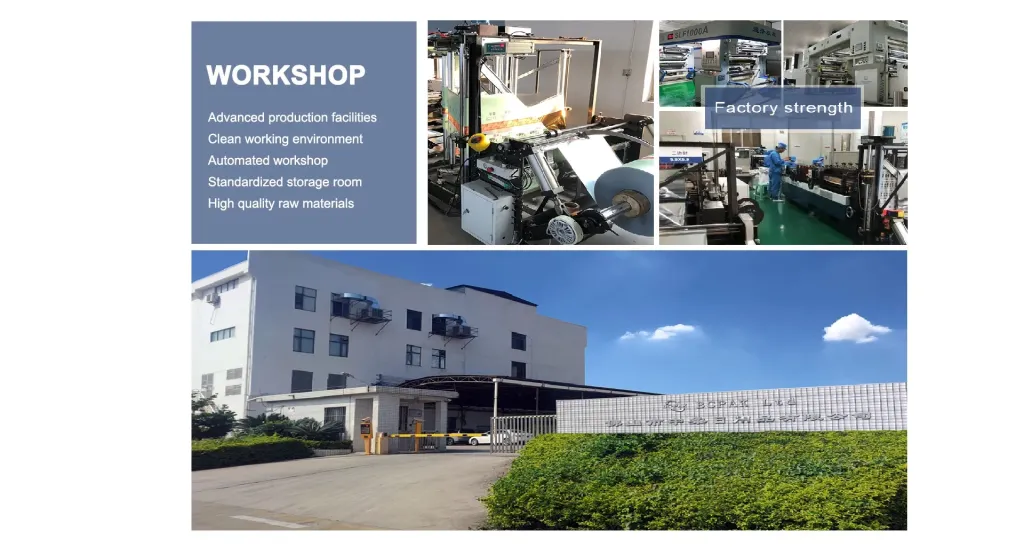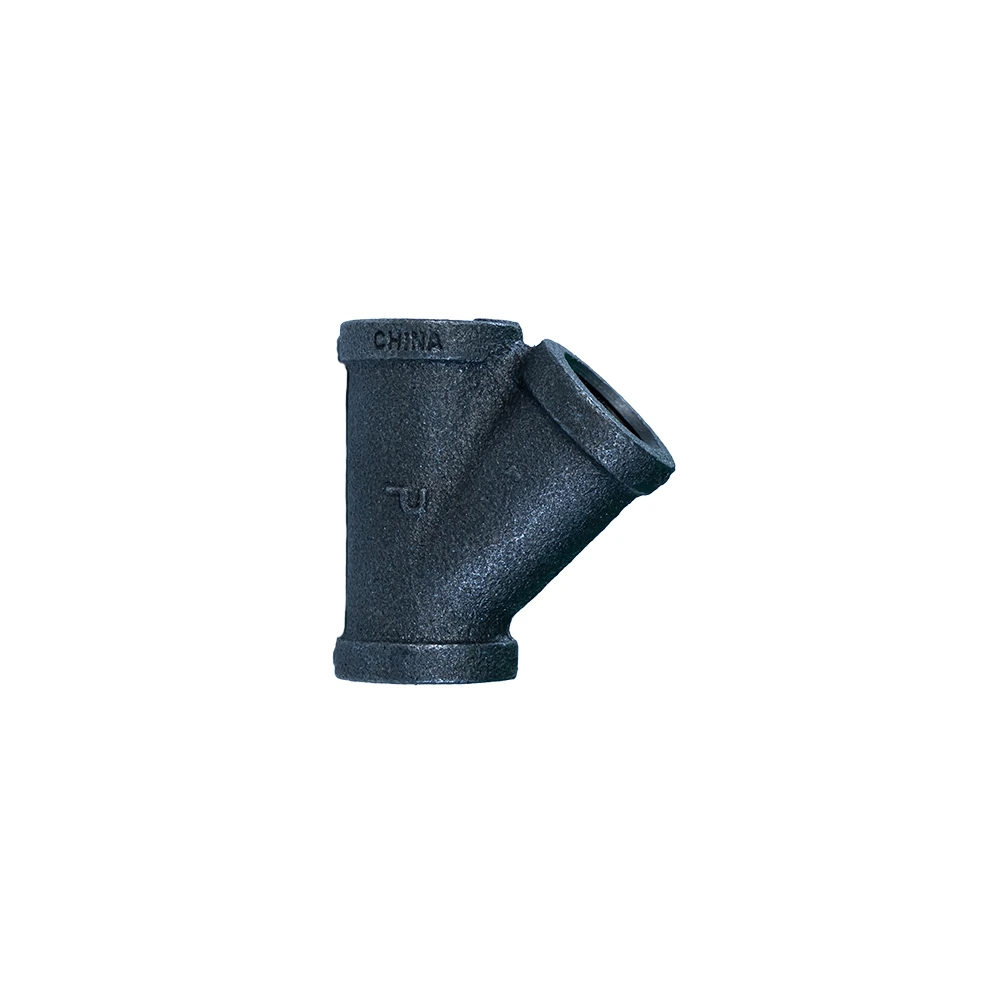When it comes to undertaking plumbing projects, understanding the various types of plumbing pipe fittings is crucial. Proper selection and use of fittings not only ensure a stable and leak-free system but also extend the lifespan of your plumbing infrastructure. Dive into the nuances of plumbing pipe fittings, enhanced by years of professional experience, to make informed choices that guarantee safety and functionality.

Plumbing pipe fittings are essential components that connect pipes and other devices in a plumbing system. They serve various purposes, such as changing the direction of flow, providing branch connections, and facilitating the repair of a pipeline. The primary types of plumbing pipe fittings include elbows, tees, crosses, couplings, unions, adaptors, and valves, each serving distinct functions.
Elbows are critical for changing the flow direction in a piping system. Available in 45-degree and 90-degree angles, they enable smooth fluid transition around corners. Expert plumbers often choose long-radius elbows over short-radius types for applications where minimal flow disruption is desired, ensuring efficiency and reducing the risk of pressure loss or turbulence.

Tees and crosses are indispensable for creating branch connections. A tee fitting has one inlet and two outlets or the reverse, forming a T-shape. Crosses, on the other hand, have one inlet and three outlets. These fittings are central to distributing water to different sections of a building. Years of expertise reveal that investing in high-quality tee and cross fittings can prevent uneven water distribution and breakage under pressure.
Couplings and unions connect two pipes in a pipeline. While couplings are permanent connections, unions offer a more flexible solution, allowing quick disassembly for maintenance or replacement. Experienced plumbers emphasize the use of unions in spaces prone to frequent modifications or where access is limited, ensuring that repairs can be conducted without dismantling entire sections of the plumbing system.
types of plumbing pipe fittings
Adaptors are used to connect pipes of different types or sizes. They guarantee compatibility between threads and materials, ensuring integrity within the system. Professional guidance advocates selected adaptors based on material compatibility—brass adaptors for copper pipes, for instance—maintaining the longevity and reliability of the piping system.
Valves are critical for controlling the flow and pressure within plumbing systems. They govern the opening and closing of pipelines, with common types including gate valves, ball valves, and check valves. Gate valves are ideal for on-off control, whereas ball valves offer precise flow control. Check valves prevent backflow, essential in preventing contamination. Experienced plumbers recognize the importance of reliable valves, stressing regular maintenance to sustain their operational efficiency.
Each plumbing project has unique demands, and selecting the correct fitting type requires both comprehensive knowledge of the plumbing system and practical expertise. It’s paramount to consider the material compatibility, pressure ratings, and the environmental conditions they will endure. Relying on trusted sources for purchasing fittings and adhering to industry standards further assures the integrity and durability of plumbing installations.
Trustworthiness in plumbing is often earned through consistent delivery of quality services and products. Engage with certified professionals and leverage their experience for your plumbing needs—ensuring that every fitting not only meets your immediate requirements but also aligns with future scalability and maintenance ease. By doing so, you build a plumbing system that stands the test of time, embodying efficiency, safety, and reliability.
Post time:
1月-14-2025











